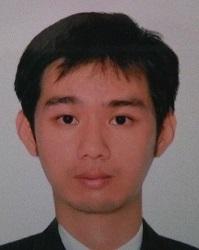Partenaires
Thesis prepared in the laboratory IMEP-LaHC (Institut de Microélectronique, Electromagnétisme et Photonique - Laboratoire d'Hyperfréquences et de Caractérisation) supervised by Gustavo ARDILA RODRIGUEZ, supervisor.
Date infos
Defense of doctoral thesis of
Quang Chieu BUI, for the University Grenoble Alps, speciality " NANO ELECTRONIC & NANOTECHNOLOGIES ", entitled:
Location infos
M001 Room PHELMA / MINATEC
3 rue Parvis Louis Néel 38016 GRENOBLE Cedex 1
